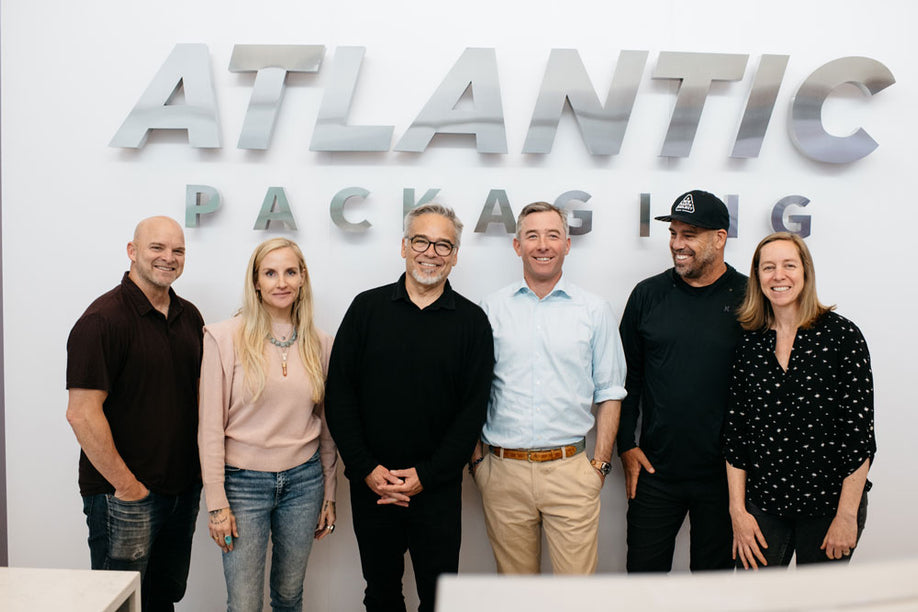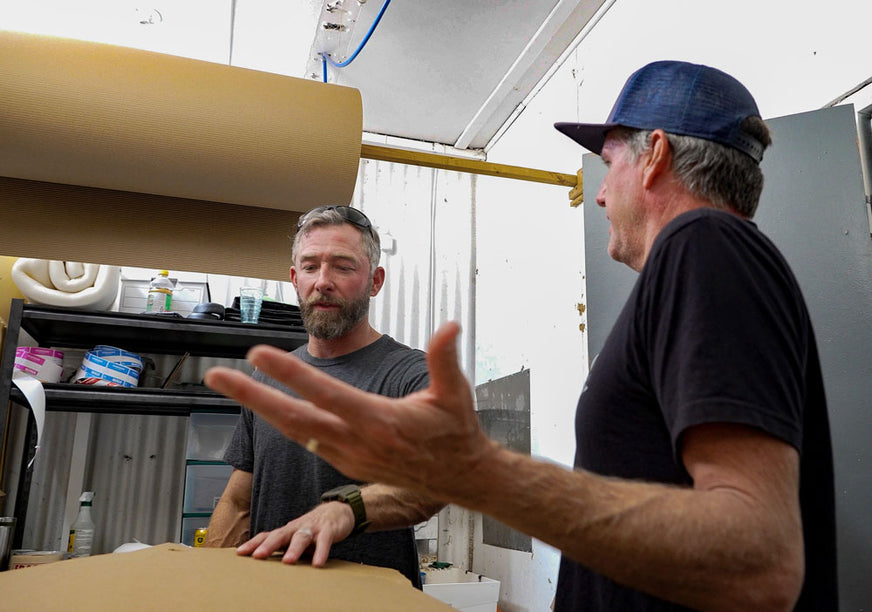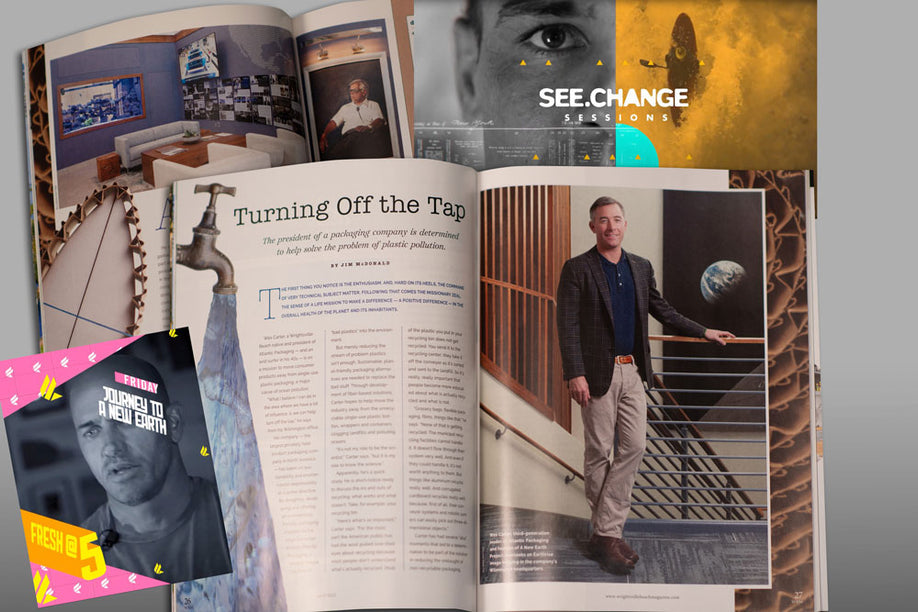The Critical Role of Viable End Markets in Recycling
In our previous post, we provided a concise overview of the 5 Essentials of a Highly Functional Recycling System, summarizing The Recycling Partnership’s latest comprehensive report on the gap between the current state of our recycling system and where it needs to be. If you need a refresher, you can review it here.
Today, we’re taking a deep dive into what is arguably the most crucial of the five essentials—yet somewhat surprisingly listed last in the report: viable end markets.

Understanding End Markets
End markets are what make recycling work. They allow producers to purchase recycled materials at a cost comparable to—or lower than—that of acquiring new, virgin materials. When end markets function effectively, it’s a win-win for all stakeholders, including the environment.
Without viable end markets for the materials we collect, the time, resources, and energy invested in recycling are largely wasted. Unfortunately, this is the case for many of the materials that end up in our blue bins.
Factors Influencing Market Viability
Market viability depends on two key factors: the quality and price of recycled materials compared to virgin materials. Several variables influence these, including:
- The total energy required to process the material
- The number of steps needed to prepare it for reuse
- The costs associated with each processing step
The more complex and costly the process, the less likely it is that a viable end market will exist. If costs outweigh the benefits, the entire system falters.
Materials with Viable End Markets
Some materials have strong, established end markets due to their economic and environmental benefits:
- Aluminum: Aluminum has one of the strongest recycling markets because it’s significantly cheaper to buy recycled aluminum than to produce new aluminum. The energy savings alone ensure its viability. Plus, aluminum can be recycled indefinitely without losing quality—provided it is properly collected and sorted.
- Cardboard and Paper: These materials have well-developed recycling infrastructure and steady demand, particularly in the packaging industry.
- Plastics (PET and HDPE): Among plastics, PET (used in water bottles) and HDPE (used in detergent bottles and containers) are the most recyclable. When properly collected and sorted, they can be processed efficiently and reintroduced into manufacturing.

Challenges with Other Plastics
Unfortunately, many plastics lack viable end markets. Worse, some of these plastics bear the chasing arrows recycling symbol, misleading consumers into believing they can be placed in blue bins—when, in reality, they cannot.
California Senate Bill 343 (SB 343), also known as the “Truth in Recycling” law, aims to eliminate misleading recyclability claims by prohibiting the use of the chasing arrows symbol or other recycling labels on packaging unless the material is collected and processed for recycling by facilities serving at least 60% of the state’s population. Enforced by CalRecycle, the law ensures that only materials with viable end markets are labeled as recyclable, reducing contamination in the recycling stream. To qualify, a product must not contain components, adhesives, inks, or chemicals—such as certain PFAS—that hinder recyclability. SB 343 reinforces the growing policy shift toward Extended Producer Responsibility (EPR), encouraging brands to transition to packaging that is truly recyclable within California’s infrastructure.
Materials like polystyrene (Styrofoam), polypropylene (PP), and various flexible plastics (a category that continues to grow) are currently nearly impossible to recycle in a cost-effective way. However, these materials do serve important environmental functions—particularly in food protection, where they help prevent spoilage and waste, both of which have their own environmental impacts.
That said, outside of essential applications like food preservation, the use of these materials should be limited. When improperly disposed of, they often escape waste management systems and contribute to widespread pollution.

Policy Shifts and Business Implications
States like California, Maine, Colorado, and Oregon are leading the way in implementing updated recycling laws based on Extended Producer Responsibility (EPR). These policies are designed to:
- Encourage companies to shift packaging toward materials with viable end markets
- Establish stable, demand-driven recycling markets
- Reduce reliance on hard-to-recycle materials
For businesses, this means it’s time to audit packaging materials and assess their recyclability. In the near future, packaging that is not viably recyclable or compostable will incur additional fees—reducing its economic competitiveness while funding the expansion of more sustainable solutions.
Whether you’re ready to make the shift now or waiting until it becomes unavoidable, we’re here to help.
Sources:








